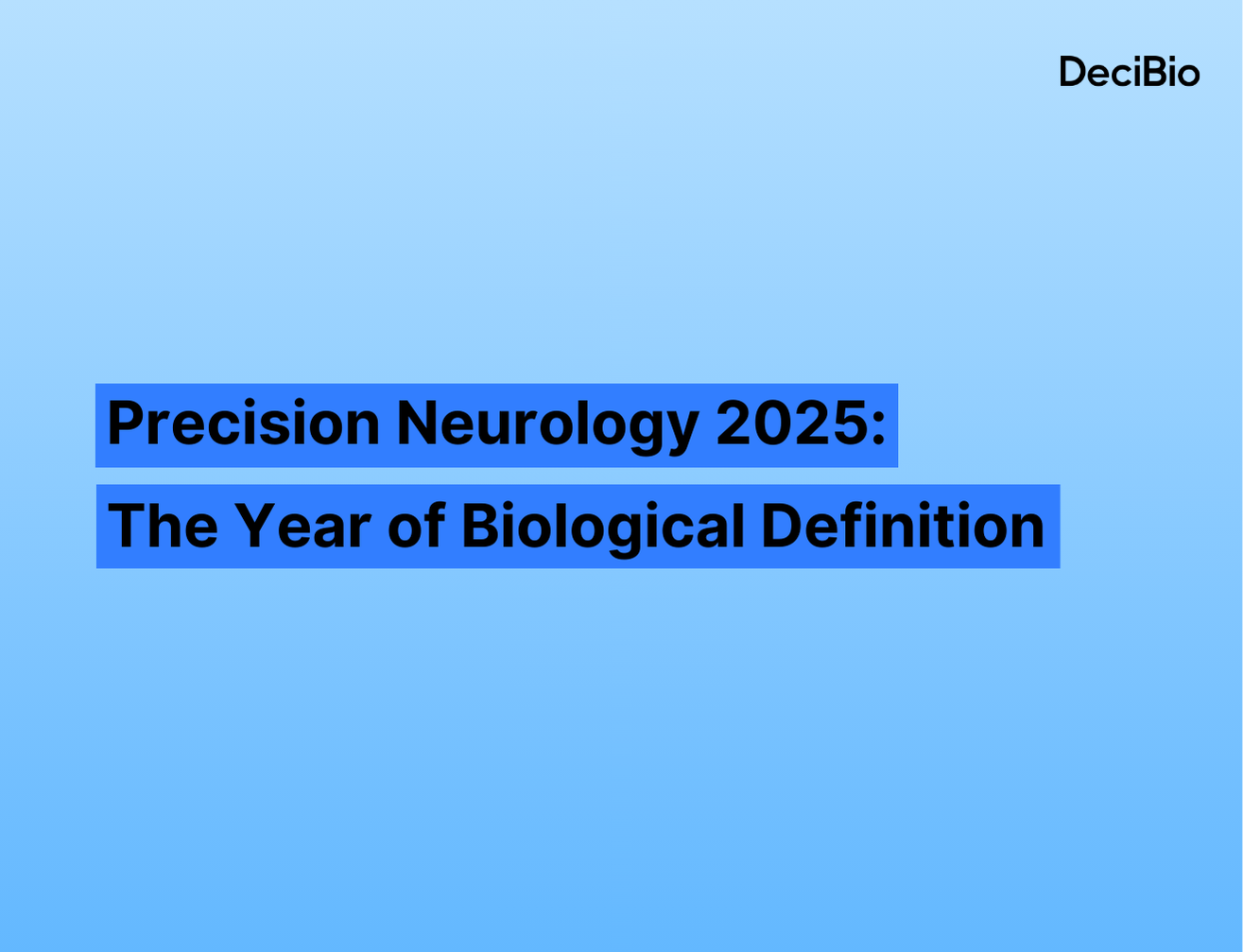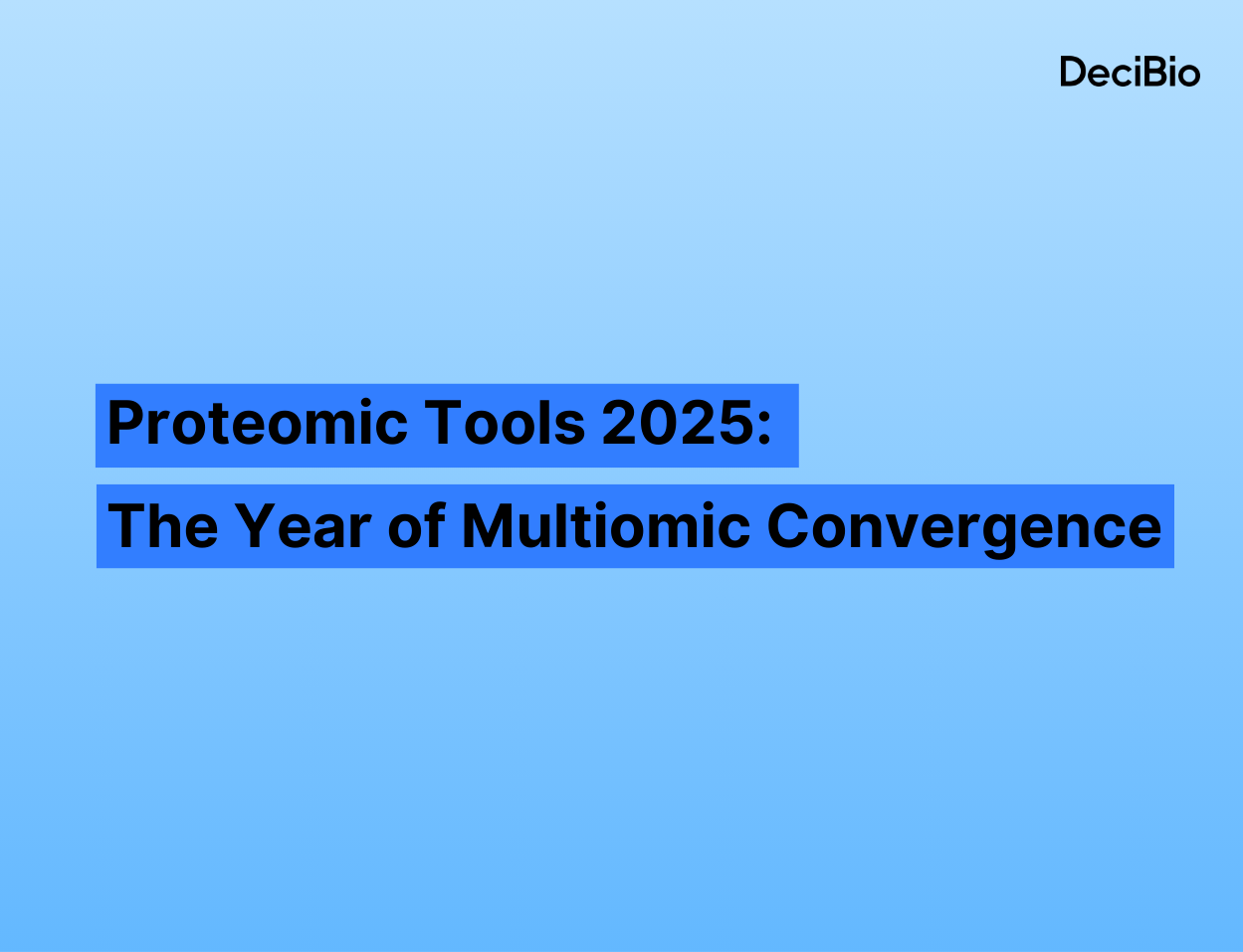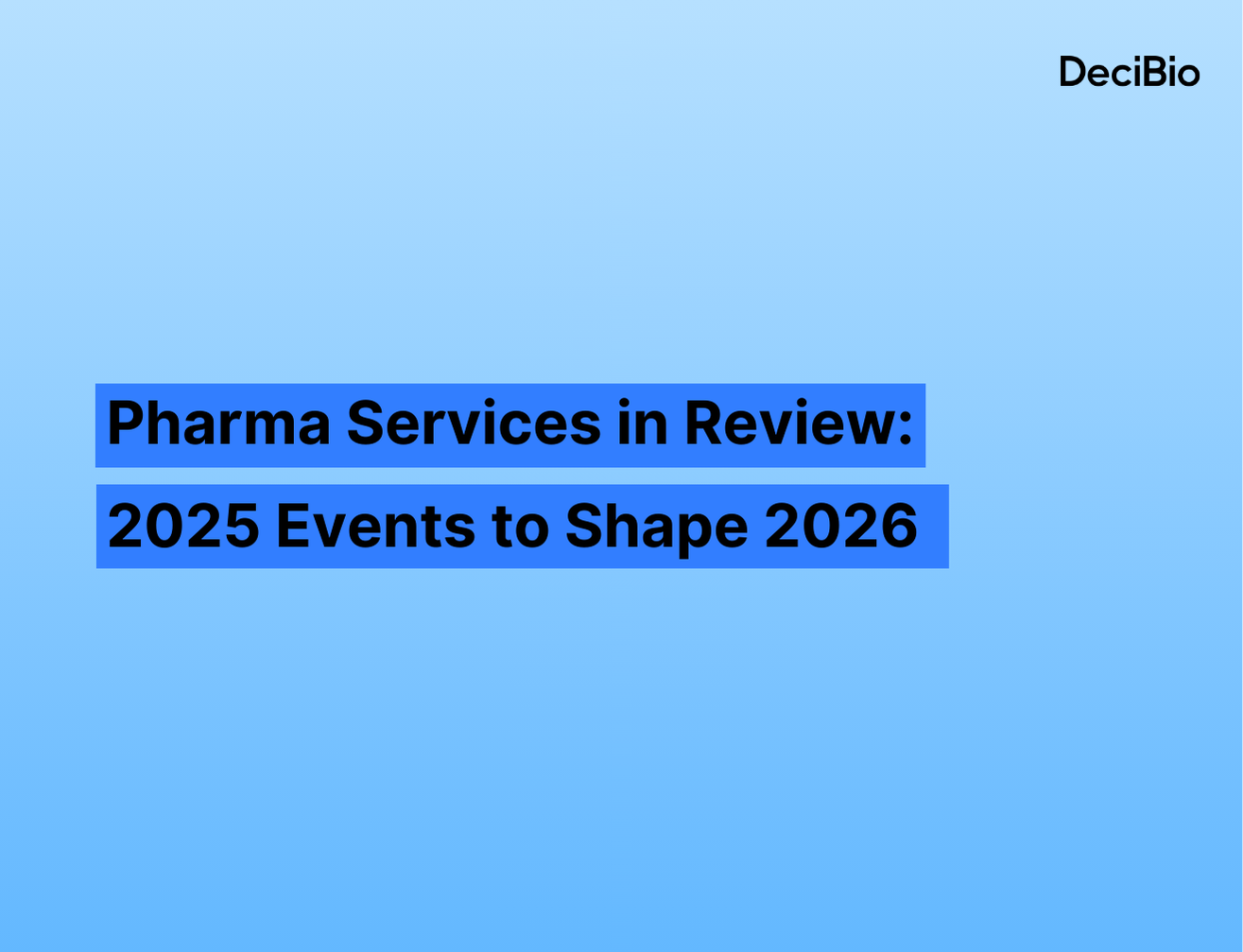Is Neoantigen Load the next TMB? The rise of cfRNA and the Saturation of the Liquid Biopsy Landscape
Another ASCO Annual Meeting has come to a close and, though this year’s conference was relatively muted from a diagnostics perspective, we have highlighted some of the more interesting trends and announcements below:Immunotherapy continues to be a major theme despite no major surprises for I/O biomarkers; Merck solidly on top in I/O therapiesPD-L1 is firmly key in first line NSCLC settings following trial results presented by Merck; Roche is recruiting a prospective, multi marker trial including Microsatellite Instability (MSI) + Tumor Mutational Burden (TMB) + PD-L1; TMB is still moving along as a significant I/O therapy selector independent of PD-L1 status.Results from KEYNOTE 042 further solidify Merck’s role in the 1L NSCLC setting; data was presented showing that patients with greater than 50% PD-L1 expression experienced a 31% reduction in mortality.Roche/Genentech’s high profile MyPathway trial evaluating Herceptin/Perjeta, Tarceva, Zelboraf/Cotellic, Erivedge, Alecensa, and Tecentriq will be heavily guided by biomarkers across multiple solid tumor types in this basket trial; in the immunotherapy arm, TMB > 10Mut/Mb, MSI/MMR, and PD-L1 amplification will all be used for prospective cohort stratification.

Data from the BioMAP tracking over 1,000 clinical trialsTMB may be a stepping stone to neoantigen load; NCI in the lead with 3+ active neoantigen load related trialsTMB serves as a proxy for the number of neoantigens on tumor cell surfaces and, by extension, visibility to T-Cells. We have noticed an interesting trend that may indicate TMB is a stepping stone to neoantigen load, with 10+ abstracts at this year’s ASCO Meeting mentioning neoantigen load alongside TMB. In the past year, both Merck and Roche/Genentech have included neoantigen load as a retrospective marker alongside TMB. As personalized medicine continues to evolve, TMB could well act as a bridge towards neoantigen detection and characterization by Whole Exome Sequencing (WES), a key step towards the development of personalized cancer vaccines. By characterizing the exact neoantigens presented on a given tumor, this is a major step in developing engineered T-cells capable of recognizing and selectively killing cancerous tissue.Genomic Health drives a big win for personalized medicine with TAILORx study resultsGiven ASCO 2018’s theme around access to precision medicine, it was somewhat ironic that one of this year’s largest trial readouts, TAILORx by Genomic Health, showed that ~70% of women with early-stage hormone receptor positive and HER-2 negative tumors can avoid chemotherapy (or derive the same benefit from endocrine therapy alone). While previous studies had shown that a low-risk score Oncotype Dx recurrence score could be prognostic and a high-risk score could be predictive, the intermediate scores were more difficult to interpret. Clarification around the interpretation of an intermediate recurrence score (from a low-risk threshold of 11 up to a high-risk threshold of 25) was responsible for the 20%+ jump in GHDX stock.Reading between the lines, however, reveals greater complexity in ways to interpret this result. As an analyst from Piper Jaffray notes, “women under 50 years of age received a 2% chemo benefit with scores between 16-20, with the benefit climbing as they approached and exceeded 25. Historically, women who had scores between 0-15 garnered a ~1% benefit from chemotherapy.” So, though chemo may not benefit as many women as once thought, there is still a subset (particularly those less than 50 years of age) who do receive benefit with chemo, even in that intermediate score range.Continued caution slightly tempers hype around liquid biopsy Overall, the liquid biopsy buzz was less than we had expected this year, with only one ASCO educational session focused on the non-invasive tumor profiling approach. Session presenters (including researchers from MSK, Stanford and University of Cambridge) were optimistic about the potential of cfDNA (better for assessing tumor heterogeneity, shorter TAT, assessing MRD) yet cautious, noting liquid biopsies may not be optimal for fusion detection due to bias towards cfDNA.Despite some caution, however, our diagnostics marker research experts expect developments in targeted fusion therapies (including major advances with Loxo-292 again this year) to continue to drive significant growth in the liquid biopsy field. The rise of cfRNA in liquid biopsy and continued challenges in early detection Data from a study on Nant’s new 26-analyte Liquid GPS panel looked promising, with study authors noting “median cfRNA levels in cancer patients was significantly higher than in healthy controls,” suggesting that total cfRNA level may be used to indicate the presence of cancer and/or with recurrence monitoring. What was particularly impressive, however, was the stated turnaround for the liquid test (~7 days, compared to Guardant360 or Foundation ACT’s ~14 day turnaround). Reps we spoke with emphasized Nant’s unique positioning in analyzing cfRNA for monitoring applications. However, the company is not alone in assessing cfRNA as a biomarker.Tempus’ xF liquid biopsy panel, a ~75 gene panel which analyzes both DNA and RNA, is expected to launch in the next several months. Additionally, Grail is also said to be conducting broad sequencing of circulating RNA as well as circulating DNA, potentially highlighting the challenges that remain with early detection (more extensive write-up here). Predicine, headquartered in Hayward, CA with an R&D lab in Shanghai, analyzes both DNA and RNA through proprietary RADAR technology. The question remains whether cfRNA is the winning approach.Fewer new players reflect crowdedness and potential saturation of the liquid biopsy market that now counts more than 100 players

Data from the CI Tool tracking over 100 liquid biopsy companies“New” players (i.e., companies not previously covered by our liquid biopsy competitive intelligence database that caught our eye at ASCO this year include CreatV MicroTech, Cambridge Genomics and MiCareo Taiwan. CreatV analyzes circulating giant macrophages, stepping outside the “traditional” liquid biopsy biomarkers including cfNAs, CTCs and exosomes. The company had some interesting data at their booth (albeit, from a 2016 study) indicating the promise of using circulating cancer-associated macrophage-like cells (CAMLs) as a blood-based biomarker for malignant breast cancer. Cambridge Cancer Genomics, led by CEO Philip Cassidy, focuses on combining the power of AI with liquid biopsy (an increasingly crowded space, with Sophia Genetics, Tempus Labs, Freenome and Grail making headway with their classification algorithms). Cassidy interestingly came from Cancer Research UK, one of Grail’s early collaborators. MiCareo Taiwan leverages its microfluidics platform for CTC analysis, with claimed improved workflow and preservation of cell integrity through use of their automated instrument.Finally, we noted some exciting progress from some previously more peripheral players. Belgium-based Sophia Genetics continues to drive adoption of its NGS-based panels ex-U.S. (in Europe, LatAm, Middle East and APAC), recently hitting a new milestone of over 200,000 NGS-based tests (half of which were processed in the past year alone!). We also heard some large reference labs are moving away from distributing third-party tests and towards developing their own liquid biopsy panels, a trend we will continue to monitor in our diagnostics market research.

Suggestion for #ASCO19: nap podsAbout the Authors

Mika leads special projects at DeciBio with over 7 years of combined experience in research, strategy consulting, and startups. She enjoys advising early-stage companies (particularly in health tech), thinking about international expansion, and covering the latest in liquid biopsy.Connect with Mika on LinkedIn

Colin is a senior analyst at DeciBio Consulting with a background in industry CDx business development, tech transfer, and preclinical translational research. At DeciBio, Colin has been involved with several projects that incorporate customizable data visualization tools and coordinated campaigns to gain KOL and clinician perspectives on novel biomarkers in immuno-oncology.Connect with Colin on LinkedIn

Stephane Budel is a partner at DeciBio with over 12 years of combined experience in life science business consulting, entrepreneurship and academic research. Connect with him on LinkedIn and Google+Contact Stephane and the DeciBio team to learn the latest insights impacting your industry.
Interested in liquid biopsy?
We are recruiting private beta users for our liquid biopsy competitive intelligence portal. Click here to request access.Read our latest liquid biopsy white paper and sign up for our liquid biopsy weekly newsletter.






